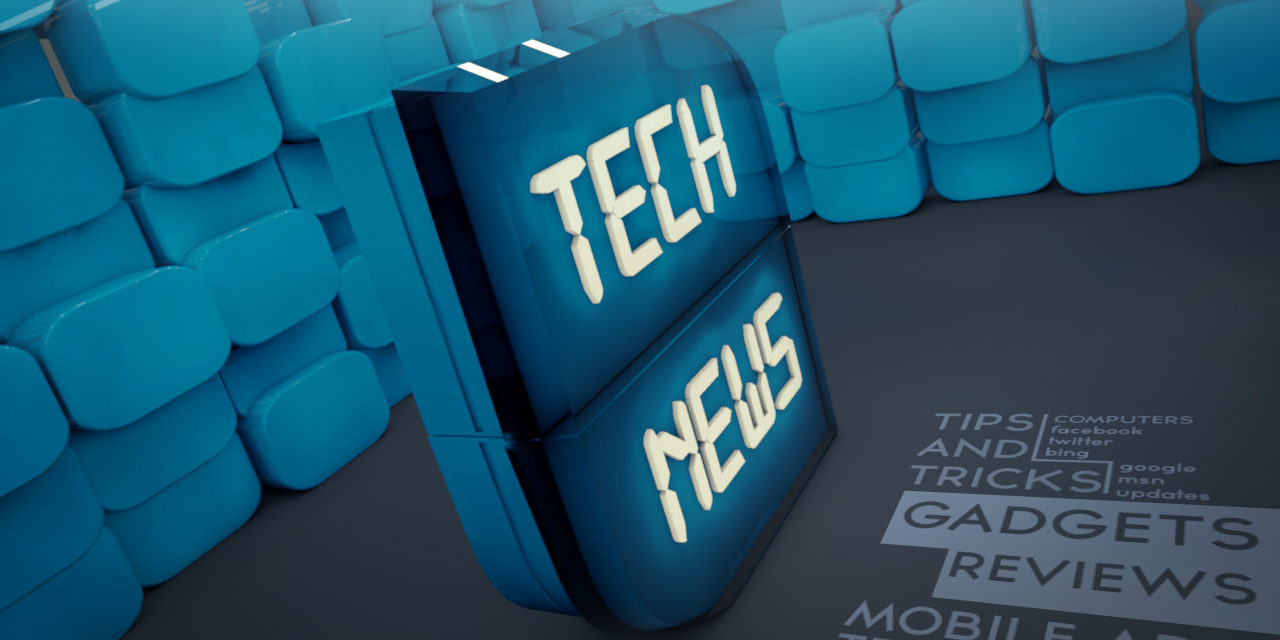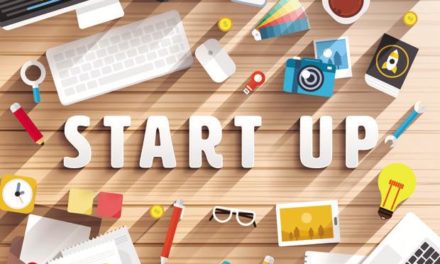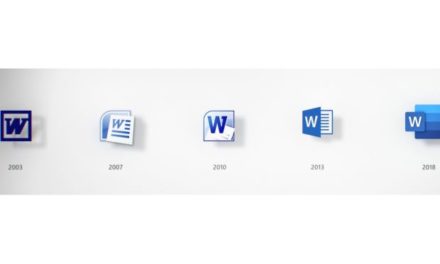Regardless of whether you’re a diehard tech fanatic, always after the latest devices, or a laid-back “average” consumer, if you’re like me, you can’t help but look forward to the tech developments and trends that lie ahead. After a year with surprisingly high sales for smart speakers and virtual reality, as well as the debut of several new phones and tablets, I’ve spent the last several weeks looking ahead to the possible trends that will unfold in 2018.
As a marketer, my perspective often turns to how we can use these new technologies and trends to better communicate and connect with our audiences, but general tech trends hold much more potential than that—they have the capacity to change how we live and interact with each other.
So what will the biggest tech trends of 2018 be, and how will our lives change, accordingly?
1. AI permeation. Artificial intelligence (AI), largely manifesting through machine learning algorithms, isn’t just getting better. It isn’t just getting more funding. It’s being incorporated into a more diverse range of applications. Rather than focusing on one goal, like mastering a game or communicating with humans, AI is starting to make an appearance in almost every new platform, app, or device, and that trend is only going to accelerate in 2018. We’re not at techno-pocalypse levels (and AI may never be sophisticated enough for us to reach that point), but by the end of 2018, AI will become even more of a mainstay in all forms of technology.
2. Digital centralization. Over the past decade, we’ve seen the debut of many different types of devices, including smartphones, tablets, smart TVs, and dozens of other “smart” appliances. We’ve also come to rely on lots of individual apps in our daily lives, including those for navigation to even changing the temperature of our house. Consumers are craving centralization; a convenient way to manage everything from as few devices and central locations as possible. Smart speakers are a good step in the right direction, but 2018 may influence the rise of something even better.
3. 5G preparation. Though tech timelines rarely play out the way we think, it’s possible that we could have a 5G network in place—with 5G phones—by the end of 2019. 5G internet has the potential to be almost 10 times faster than 4G, making it even better than most home internet services. Accordingly, it has the potential to revolutionize how consumers use internet and how developers think about apps and streaming content. 2018, then, is going to be a year of massive preparation for engineers, developers, and consumers, as they gear up for a new generation of internet.
4. Data overload. By now, every company in the world has realized the awesome power and commoditization of consumer data, and in 2018, data collection is going to become an even higher priority. With consumers talking to smart speakers throughout their day, and relying on digital devices for most of their daily tasks, companies will soon have access to—and start using—practically unlimited amounts of personal data. This has many implications, including reduced privacy, more personalized ads, and possibly more positive outcomes, such as better predictive algorithms in healthcare.
5. White collar automation. Is your job likely to be replaced by a machine? How certain are you of that answer? AI has been advancing enough to replace at least some white collar jobs for years; even back in 2013, we had algorithms that could write basic news articles, given sufficient inputs of data. Is 2018 going to be the year all humans are finally replaced by their new robot overlords? Almost certainly not, but I do think we’ll see the fledgling beginnings of radical job transformations throughout the United States. I think it’s naïve to think that jobs will be fully replaced, but they will be more heavily automated, and we’ll have to adapt our careers accordingly.
6. Seamless conversation. A few years ago, voice search was decent, but unreliable. Today, voice search might as well be flawless; Microsoft’s latest test gives its voice recognition software a 5.1 percent error rate, making it better at recognizing speech than human transcribers. Similarly, robotic speech and chatbots are growing more sophisticated. In 2018, with these improvement cycles continuing, I imagine we’ll see the manifestation or solidification of seamless conversation. We’ll be able to communicate with our devices, both ways, without any major hiccups or mistakes.
7. UI overhauls. I also think 2018 is going to be a major year for UI; we’re going to have to rethink how we interact with our apps and devices. The onset of smart speakers and better voice search has made it so it’s no longer necessary to look at a screen to input data. Desktop devices are becoming less and less used as well, with mobile continuing to take over. New types of visuals and more audible clues will likely be included in next-generation UI, and consumers will adapt to them quickly, so long as they serve their core needs.
It’s hard to say how fast these trends will manifest, or what types of devices and upgrades will dictate their development, but I’m confident we’ll see increased exposure on all these fronts as 2018 develops.
Regardless of how you feel about technology, or your primary motivations for using it, I think we can all be excited about the new gadgets and infrastructure that await us next year.
Founder & CEO of AudienceBloom, a Seattle-based content marketing firm, as well as EmailAnalytics, an email productivity app, and Kwippy, an iOS/Android app in which users receive themed photo challenges randomly throughout the day. I’m on a mission to demystify and simp…
Want A Bigger Bang From AI? Embed It Into Your Apps
How might your everyday working life change if you have artificial intelligence and machine learning? Here’s one very simple example.
Consider an employee who normally fills out his weekly time card on Thursday afternoon, because he doesn’t work most Fridays. Machine learning that’s built into a payroll application could help the app learn the individual working habits of each employee. Having learned this specific pattern, the app could ask him if he meant to fill out the time card when he goes to log out of the system Thursday. There’s no policy there: It’s a behavior pattern that machine learning can pick up on.

GETTY IMAGES/ISTOCKPHOTO
In fact, modern-day AI might be able to fill in the time card automatically, and present it to the employee for review and approval, saving even more time, and potentially eliminating errors. This capability, known as “auto defaulting,” could have applications for nearly every form-based application, from accounting to inventory to sales reporting, says Clive Swan, Oracle Adaptive Intelligent Apps senior vice president of product development,
Executives wrestle with how to take advantage of artificial intelligence capabilities, now that cloud computing resources have made the technology accessible to companies of all sizes. One of the fastest roads to AI payoff comes from using AI capabilities embedded in applications that your employees use every day—like that time card app. Below is a framework to think about your AI strategy, plus examples of how AI embedded in your apps can help your teams in supply chain, customer service, HR, and more.
Three AI Capability Buckets
Smart classification, smart recognition, and smart predictions—those are three big buckets that encompass many cutting-edge AI and machine learning capabilities, explains Swan.
Smart classification involves studying both structured and unstructured data to take action based on what it means, such as to automatically identity unreliable suppliers, properly interpret complex invoices, and categorize consumers based on their current activities and past history.
Smart recognition looks to find anomalies in the data to find innocent errors—not-so-innocent errors. Smart recognition can help stop fraud, enforce corporate and compliance policies, and even speed financial reconciliations.
Smart predictions go farther, such as offering proactive advice to sales reps, making recommendations in e-commerce, or providing suggestions for service reps on how to direct a customer. Pattern-matching can come into play here, such as predicting which add-on product recommendation a customer’s most likely to buy.
A key element of application-centric AI: Context. Say a sales executive wants to call on important customers in several cities. AI can review the accounts and predict which customers might increase business after a sales call, based on past history, and suggest an itinerary that would maximize ROI from the trip.
One common factor in all those buckets is that integrating AI and machine learning into applications lets the app take some type of action automatically. Automation allows many tasks to be performed without human intervention—and without human error, says Swan.
AI systems can execute relatively straightforward actions, such as booking a rental car for that sales trip. They can also tackle harder tasks that normally require not only time, but also some level of expertise, such as optimizing business workflows, reviewing financials for anomalies, or finding expense report violations. Often there’s still a human review, but that review can often be done faster, and more accurately, with the AI’s assistance in laying all the groundwork, presenting recommendations, and providing the background, documentation, and reasoning behind those recommendations.
Many AI Opportunities
Oracle CEO Mark Hurd recently predicted that AI will be included in every cloud application by 2025. That’s a large step—and it’s very achievable, says Swan, citing how Oracle is advancing its offerings of intelligent customer experience (CX), enterprise resource planning (ERP), supply chain management (SCM), and human capital management (HCM). For example:
- Customer experience: AI can deliver “next-best offers” and recommendations to customers, using AI-driven personalized product recommendations online. AI can also help marketers optimize their efforts by defining optimal messages, and finding the best channels and timing digital communications for specific customers.
- Supply chain management: AI can help SCM systems interpret the fire hose of data coming in from Internet of Things device, and make real-time, predictive insights into use, availability, current and future maintenance, and device performance.
- Human capital management: Machine learning can look through pools of job applications, and help optimize the match between open jobs and applications. The result: recommending the best candidates to reduce time to hire and improve the pipeline of job applications.
In the realm of HCM and other personnel-related applications, AI can also help fight bias in hiring, performance appraisals, and promotions. If used improperly, and trained solely based on past decisions, AI might learn from biased data—and perpetuate those biases through badly trained algorithms. However, with careful planning and programming, AI can reverse that situation, to detect and counteract those biases.
Intelligent User Experiences
Many uses of AI, machine learning, and decision science are hidden under the covers—but improvements to user interfaces will be obvious to employees and customers alike.
Swan points to intelligent user experiences as central to improving productivity and end-user success with many cloud applications. For example, truly personalized search can help find and prioritize items based on more than a customer’s sales history and browser history; it can bring real insights so you know that if a customer is looking for a camera, you know whether she is likely looking for something inexpensive or high-end, and can make the strongest recommendations.
AI can also let employees and customers communicate with apps using natural language, often making the user experience faster than traditional touchscreen, keyboard, or mouse interactions, especially for mobile users. AI drives the natural language processing, infers context, and determines which applications—from a supply chain app to an employee’s calendar—to tap for data to carry out the requested actions. People will be able to ask natural language questions, using interfaces that range from text messages using a phone’s texting app or business networks like Slack, or through Amazon Echo-style human speech.
Embedding all these AI capabilities with apps is how companies get successful automation, which delivers the bottom line results. As machine learning understands each employee’s working habits, it becomes smarter and even more useful. Like filling in that time card on Thursday instead of Friday, and then prefilling much of the information, AI can simplify the use of business applications, anticipate actions, present choices, reduce or eliminate human error, and save people time. The result: The employee spends less time filling in forms or navigating software menus, and has more time to carry out high-level work that seizes business opportunities.






Facebook Comments